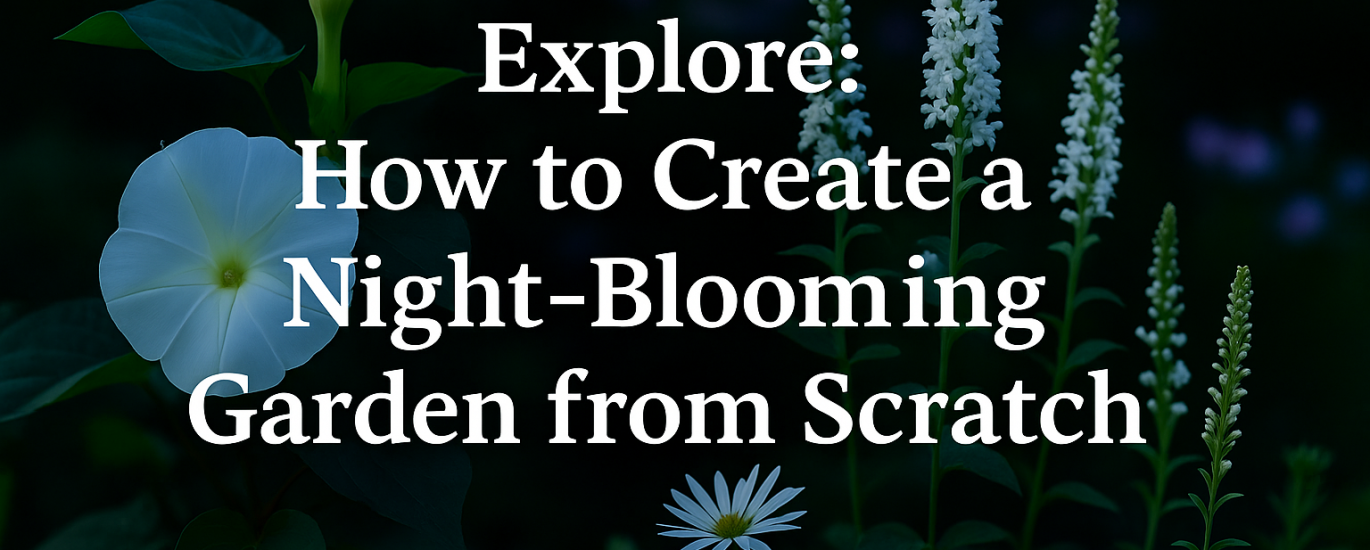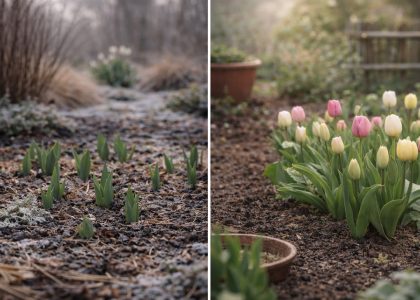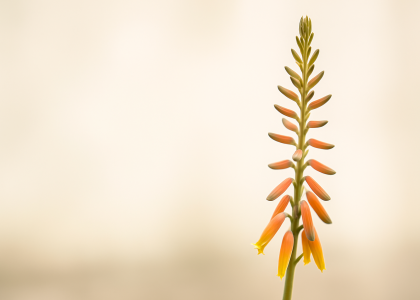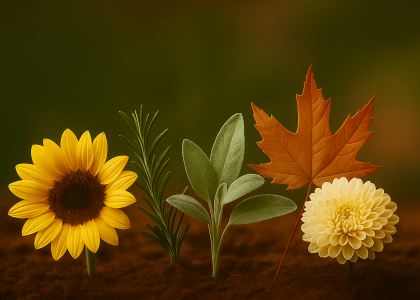"Let your garden glow long after the sun sets."
Why Create a Night-Blooming Garden?
In a world that often rushes through the day, a night-blooming garden offers a serene pause—where fragrance, moonlight, and silence bloom in harmony. Whether you're winding down after work, stargazing with loved ones, or hosting a twilight dinner party, a moonlit garden adds romance, calm, and sensory delight to your evenings.
Bonus: Most night-blooming flowers are low-maintenance and naturally pest-resistant.
Planning Your Moon Garden
1. Choose the Right Spot
Select an area visible from your porch, bedroom window, or patio. South-facing spots with partial shade are ideal.
2. Embrace Moonlight
Locate your garden where it catches natural moonlight. Reflective surfaces (white gravel, pale pots) enhance ambient glow.
3. Consider Layout & Flow
Use circular beds or meandering paths to encourage slow evening walks.
Download: Your Night Garden Layout Starter Sheet (PDF)
Top Night-Blooming Plants to Grow
1. Moonflower (Ipomoea alba)
- Zones: 9–11 (annual elsewhere)
- Fragrance: Sweet, vanilla-like
- Notes: Climbing vine with glowing white blooms that open at dusk. Ideal for trellises.
2. Evening Primrose (Oenothera biennis)
- Zones: 4–9
- Fragrance: Lightly floral
- Notes: Sunny yellow blossoms open at twilight and attract moths.
3. Night Phlox (Zaluzianskya capensis)
- Zones: 9–10
- Fragrance: Honey-almond
- Notes: Compact, easy-to-grow; ideal for containers.
4. Tuberose (Polianthes tuberosa)
- Zones: 8–11
- Fragrance: Intense, exotic
- Notes: Spikes of white blooms with heavenly scent; thrives in well-drained soil.
5. Nicotiana (Nicotiana alata)
- Zones: 10–11 (annual in cooler zones)
- Fragrance: Jasmine-like
- Notes: Tall, graceful plant with tubular flowers that light up under moonlight.
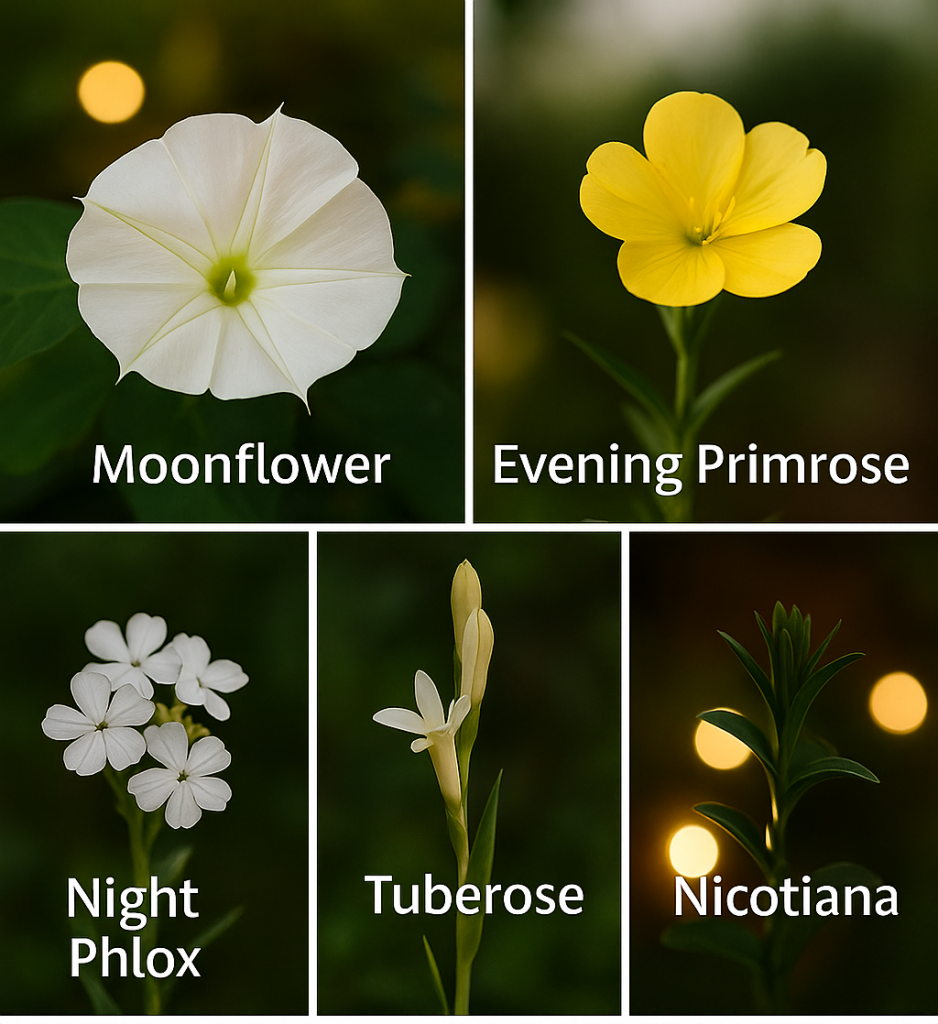
Lighting & Ambience
- Use solar path lights and string fairy lights for soft illumination.
- Choose bulbs with a cool white tone (5000–6000K) to mimic moonlight.
- Lanterns and LED candles can add warmth to seating corners.
Moon Garden Lighting Checklist (Printable PDF)
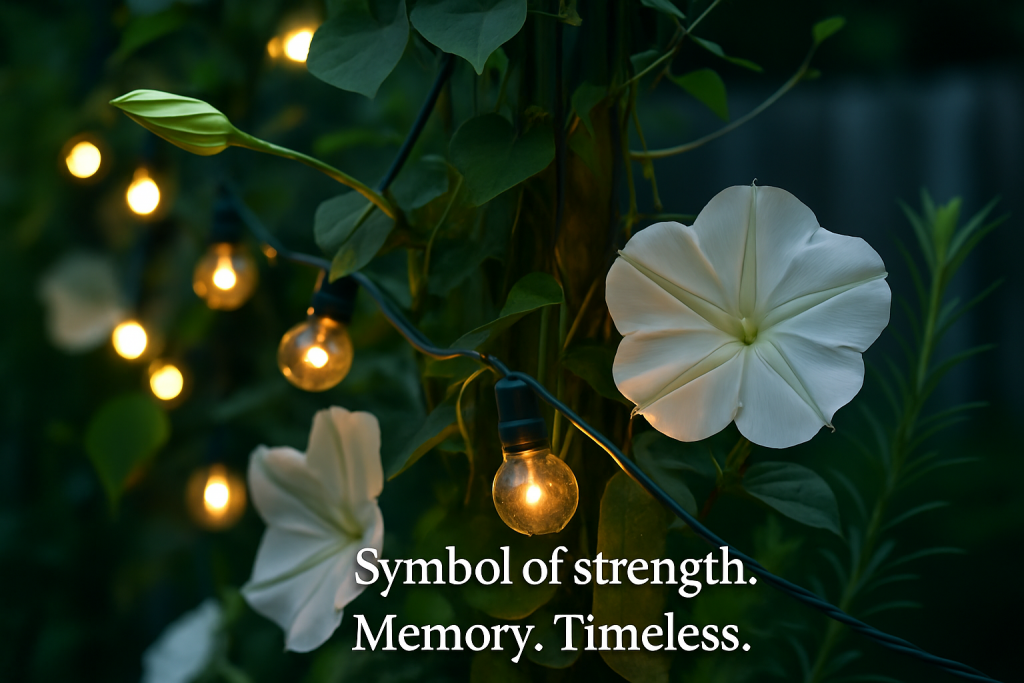
Maintenance Tips for Night Gardens
- Water early evening to hydrate before blooming.
- Mulch to regulate nighttime soil temperature.
- Deadhead regularly to promote more blooms.
- Watch for night pollinators like hawk moths—nature’s twilight guests.
Sensory & Emotional Benefits
Creating a night-blooming garden isn’t just about aesthetics—it’s about nurturing presence and peace.
"I planted moonflowers for my grandmother who couldn’t sleep. Now, every bloom reminds me she’s near." – Lena, Oregon
This garden becomes a space to:
- Meditate after sunset
- Journal or sketch by candlelight
- Host quiet tea moments with loved ones
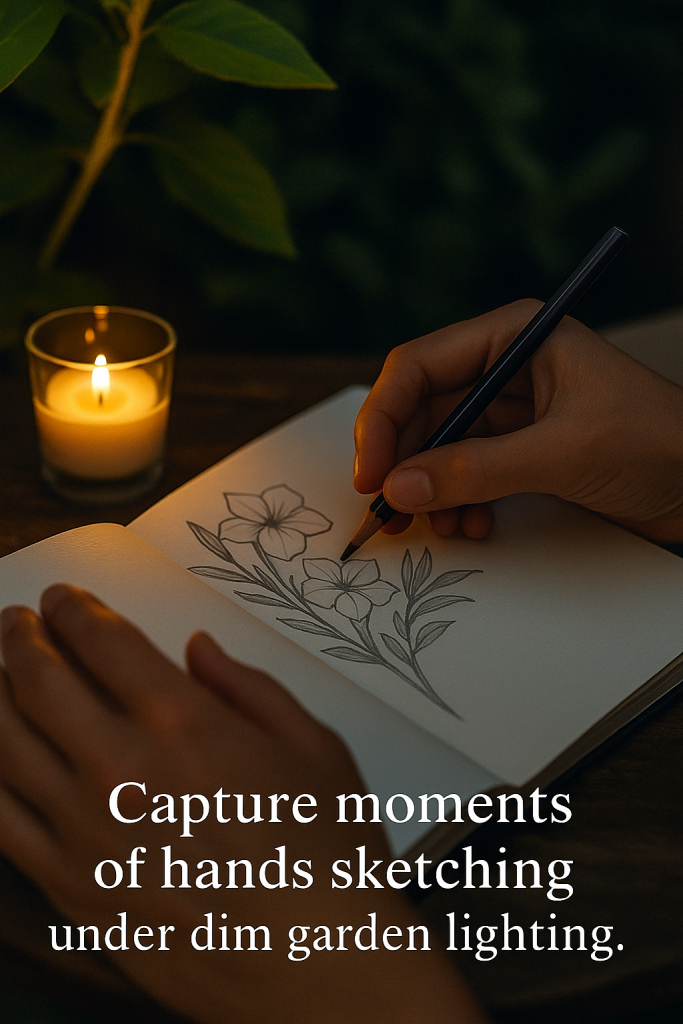
Companion Planting & Sustainability
- Pair with lavender or white alyssum for contrast and pollinator support.
- Use organic compost and peat-free soil.
- Repurpose containers in white or silver to reflect light and reduce waste.
Starter Packs & Gift Ideas
Looking to gift a night garden in a box?
- Moonflower + Nicotiana seed pack
- Mini lantern + reflective pot
- Printable journal card with planting instructions
Perfect for: birthdays, housewarmings, or mindfulness gifts.
Garden Scene Preview
Picture this: A curved white-gravel path leads to a bistro table flanked by glowing tuberose and fairy lights. You sip tea as the scent of phlox fills the air, and a moth flutters by the moonflower arch.
It’s more than a garden. It’s a nightly retreat.
Pin & Share Your Creation
Download your free Night Garden Starter Guide (PDF)
Tag us @Greenmuse with your night blooms
Visit: www.greenmuse.io
Final CTA:
Ready to glow after dark?
Start your night garden today.
Grow Calm. Let the Night Bloom for You.

